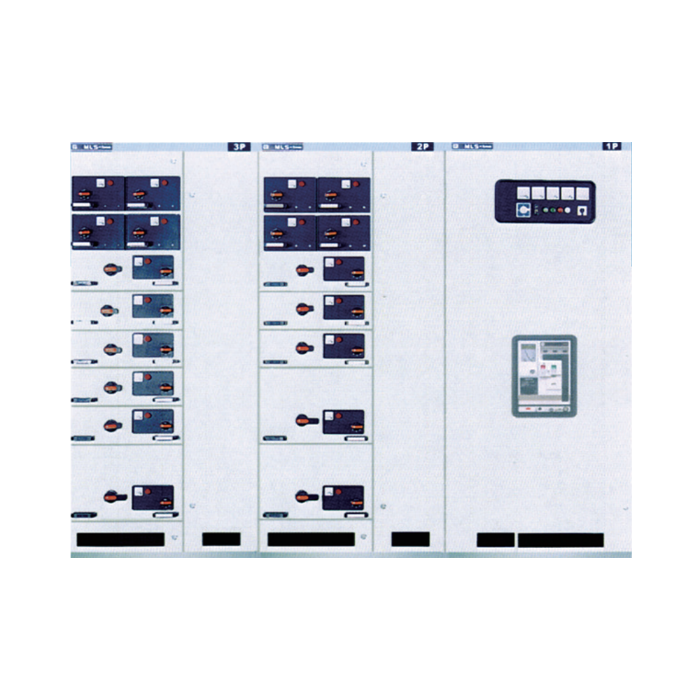2024-09-01
Bus bar design plays a crucial role in the performance and efficiency of low voltage switchgear. The design of bus bars affects various aspects of switchgear operation, including current-carrying capacity, heat dissipation, short-circuit withstand capability, and overall reliability. Let's explore how bus bar design impacts these factors:
Current-carrying capacity:
The cross-sectional area and material of the bus bars directly influence their current-carrying capacity. Larger cross-sectional areas and materials with higher conductivity (such as copper) allow for greater current flow with minimal resistance. Proper sizing of bus bars ensures they can handle the rated current without excessive heating or voltage drop.
Heat dissipation:
Bus bar design affects heat dissipation, which is crucial for maintaining safe operating temperatures. Factors that influence heat dissipation include:
a) Surface area: Increased surface area improves heat dissipation. Bus bar designs with fins or laminated structures can enhance cooling.
b) Material: Copper has better thermal conductivity than aluminum, allowing for more efficient heat dissipation.
c) Ventilation: Proper spacing between bus bars and the inclusion of ventilation slots can improve air circulation and cooling.
Short-circuit withstand capability:
The bus bar design must withstand the mechanical and thermal stresses during short-circuit conditions. Factors affecting short-circuit performance include:
a) Cross-sectional area: Larger cross-sections provide better mechanical strength and thermal capacity.
b) Support structure: Proper insulator supports and bracing help withstand electromagnetic forces during fault conditions.
c) Material strength: The choice of material affects the bus bar's ability to withstand mechanical stresses.

Voltage drop:
The design of bus bars impacts the voltage drop across the switchgear. Minimizing voltage drop is essential for maintaining power quality. Factors influencing voltage drop include:
a) Length: Shorter bus bar runs reduce voltage drop.
b) Cross-sectional area: Larger cross-sections reduce resistance and voltage drop.
c) Material conductivity: Higher conductivity materials like copper minimize voltage drop.
Insulation coordination:
The bus bar design must consider proper insulation coordination to prevent flashovers and maintain safe clearances. This includes:
a) Insulation material selection
b) Creepage and clearance distances
c) Insulation barriers and shrouds
Flexibility and modularity:
Modern bus bar designs often incorporate modular components and flexible connections to allow for easier installation, maintenance, and future expansion of the switchgear.
Electromagnetic compatibility (EMC):
The arrangement and shielding of bus bars can affect electromagnetic interference (EMI) and electromagnetic compatibility. Proper design can minimize EMI and improve overall system performance.
Cost-effectiveness:
While maintaining performance standards, bus bar design also considers cost-effectiveness. This may involve optimizing material usage, simplifying manufacturing processes, and balancing performance with economic constraints.
Environmental factors:
Bus bar design must account for environmental conditions such as humidity, temperature variations, and potential exposure to corrosive atmospheres. This influences material selection and protective coatings.
Safety and accessibility:
The design should facilitate safe operation and maintenance, including proper insulation, clear labeling, and accessibility for inspection and testing.
Bus bar design is a critical aspect of low voltage switchgear performance. It requires careful consideration of electrical, thermal, mechanical, and economic factors to ensure safe, reliable, and efficient operation of the switchgear. Proper design optimizes current-carrying capacity, heat dissipation, short-circuit withstand capability, and overall system performance while maintaining cost-effectiveness and compliance with relevant standards and regulations.